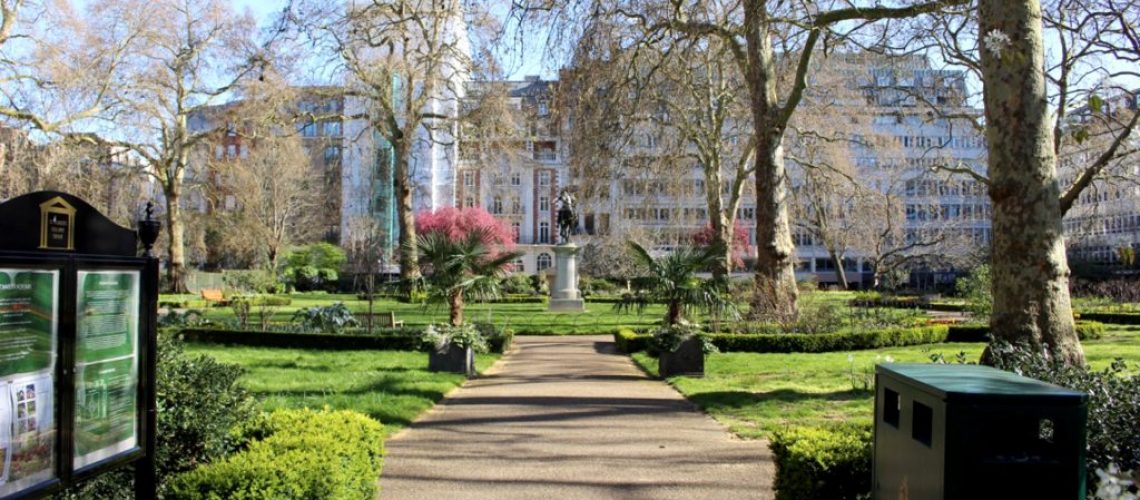From the start a desirable area to live, St James’s was close to both the royal palace and Westminster and so handy both for courtiers and politicians. But how did Henry Jermyn get his hands on what had been St James’s fields?
During the reign of Charles I, one his the most influential courtiers was Henry Jermyn, who served his king between 1625 and 1649. He was also a favourite of Charles I’s wife, Henrietta Maria.
As a royalist, he was involved in one of the plots against Parliament that led to the outbreak of the English Civil War, leading to a short period of republicanism in the country. Once the Parliamentarians were in government, Jermyn became a wanted man, prompting him to make the decision to accompany Henrietta Maria to safety in Paris, rather than stay in England and risk beheading. He also arranged for exile of the future Charles II, who was initially taken to Paris, before moving on to Breda.
Flash forward some years. Charles I has been executed, the Parliamentarians are gone and the monarchy has been reinstated. His son, having returned to England along with the rest of the royal family, is now on the throne as Charles II. Under his reign, the Restoration period begins – royalty is reinstalled and continues to this day.
Jermyn persuaded Charles II, who may have intriguingly become his stepson – rumour has it that he had persuaded the Queen to wed him while in Paris – to grant him an extended lease of the fields near St James’s Palace.
Some years later, the lease was changed to a freehold. Now it was ripe for development, with prospects to entice an aristocratic clientele. The centrepiece was St James’s Square, which remains today though not quite in its original form. The area’s proximity to Whitehall Palace, the Palace of Westminster and, more importantly, to St James’s Palace, made it ideal for occupation by the well-heeled and the well-connected who would, of course, have had a preference to own the property – and so the rise of St James’s Square begins.
Due to its closeness to St James’s Palace, it was initially one of the most fashionable addresses in London to live, attracting dukes, earls and other aristocrats whose duties required them to be near the Palace.
Flash forward again. As building development moved west to Belgravia, this new area became the place to live. As a result, the grand houses in and around the square were transformed into fashionable coffee houses and private clubs, but also homes to tradesmen supplying the Palace, thus maintaining the square’s royal connections.
This area is a guide’s dream, surviving centuries of change. The square itself is one of London’s hidden gems that helps to keep our history alive.
You may recognise some the famous names associated with its past – philosopher Thomas Carlyle, mathematician Ada Lovelace, not mention Henry Jermyn. In October, the City of Westminster guides are offering free walks around the area – for Silver Sunday and Local London Guiding Day – so now you have the opportunity to explore the area and spot where they lived.
Upcoming walks
3 October, Silver Sunday 2021: Visions, Values and Victories, between 10am and 2pm
For further details, see: https://silver-sunday-2021-walk.eventbrite.co.uk
9 October, Local London Guiding Day 2021: Visions, Values and Victories, between 10am and 4pm
For further details, see: https://westminter-llgd-2021.eventbrite.co.uk
Image: View of St James’s Square (Photo: Lou Cohen)

